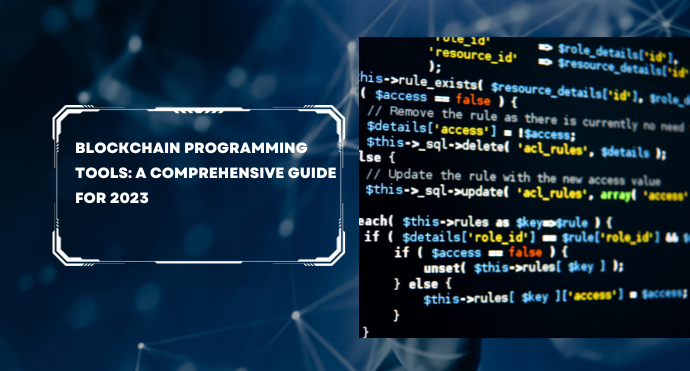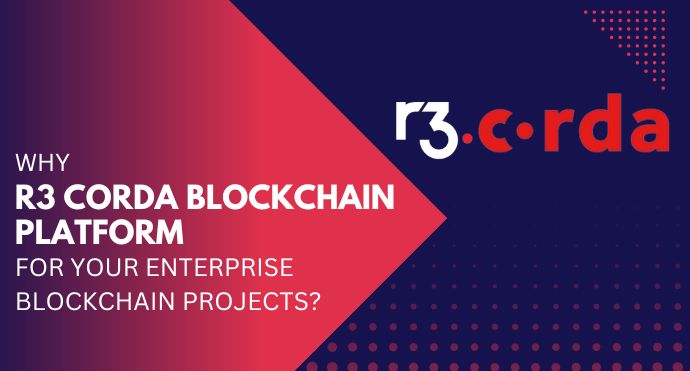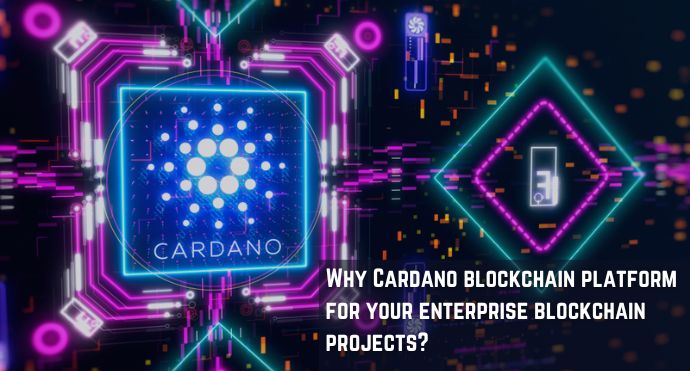Blockchain technology is revolutionizing the way we interact with the digital world. It has enabled the development of decentralized applications (dApps) that are secure, transparent, and tamper-proof. To develop dApps, developers need to use specialized programming tools.
Top 7 Blockchain Programming Tools in 2023
1. Solidity: The Keystone of Ethereum Development
Solidity, the most widely embraced blockchain programming language, is synonymous with smart contract development on the Ethereum Virtual Machine (EVM). With a rich ecosystem and a plethora of libraries and guides, it has been instrumental in propelling the age of smart contracts, ensuring Ethereum-compatible app development is seamless and efficient.
2. Metamask: Your Gateway to Decentralized Applications
Metamask, an open-source wallet and browser extension, is not merely a wallet but a bridge facilitating seamless interactions with dApps and various blockchain ecosystems. With support for multiple networks, including test nets, it stands as a versatile tool for developers and users alike, enhancing liquidity and programmability across platforms.
3. Truffle: Sweetening Ethereum Development
Truffle is a treasure trove for Ethereum developers, offering a comprehensive toolkit to create and test ERC-20-compatible platforms. From custom deployments to integrated build procedures like compiling and linking, Truffle ensures smart contract functionality is optimized and deployment is streamlined.
Ensure Truffle is configured correctly to communicate with your desired blockchain network.
4. Remix IDE: Deploying and Testing in the Browser
Remix IDE allows developers to write, deploy, and test smart contracts directly in the browser. Simply paste your Solidity code into the IDE, compile it, and deploy it using the in-built environment or connect to Metamask for deployment on various testnets or the mainnet.
5. Geth: Interacting with Ethereum
Geth allows developers to interact with the Ethereum blockchain using Go. Here’s a snippet to connect to an Ethereum node using Geth:
Ensure you have the Geth package and replace the Infura URL with your own node or Infura endpoint.
6. Ethlint: Linting Your Solidity Code
Ethlint, or Solium, helps ensure your Solidity code adheres to style guidelines. Install Ethlint and create a configuration file, .soliumrc.json, then run the linter with your .sol files:
Ensure your Solidity files are in the contracts/ directory.
7. Solc: Compiling Solidity Offline
Solc can be used to compile Solidity code offline. Here’s a shell command to compile a Solidity file using Solc:
Conclusion: Coding the Decentralized Future
These code snippets offer a glimpse into the practical application of various blockchain programming tools, from creating and deploying smart contracts with Solidity, Truffle, and Remix IDE to interacting with the Ethereum blockchain using Metamask, Geth, and Solc and ensuring code quality with Ethlint. Developers, armed with these tools, are well-equipped to navigate the complexities of blockchain development, crafting solutions that are secure, scalable, and efficient.
Embark on your blockchain development journey with these tools and shape the decentralized applications of tomorrow.



